I’ve said it before and I’ll say it again: Dubrovnik is one of my favorite cities in Europe. Literally on the day that I returned home from my second trip to this wonderful Croatian city, I booked another flight for a few months later. It is a heart-stoppingly beautiful city, and I have not yet found its equal or substitute anywhere in the world. It is one of those historic cities that still feels lived-in and loved, and the people are just as warm as the Adriatic Sea. Local kids play pick-up football in the middle of Roman-era squares and local grandmas hang out at the beaches all day, knitting and feeding their favorite stray cats. Can Dubrovnik sometimes be a bougie, crowded, and spendy mess? Yep. But those things can be said for almost any other fabulous city in the world, and those other cities are not Dubrovnik.
When to go
I’ve visited thrice: in March (2016), July, and September (2021). September was my favorite because the sea was still warm but the air wasn’t hellfire-hot like it had been in July. March had its charm as well – the light was softer and the crowds were mild, even pre-pandemic. However, March was definitely too cold for water activities and (anecdotally) I had more grey skies and rain. Dubrovnik is also a popular waypoint for mega-cruises, which normally arrive daily in summer. To avoid the tourist high tides, you can either visit in shoulder seasons or stay overnight in the city, since the cruisers will depart by late afternoon.
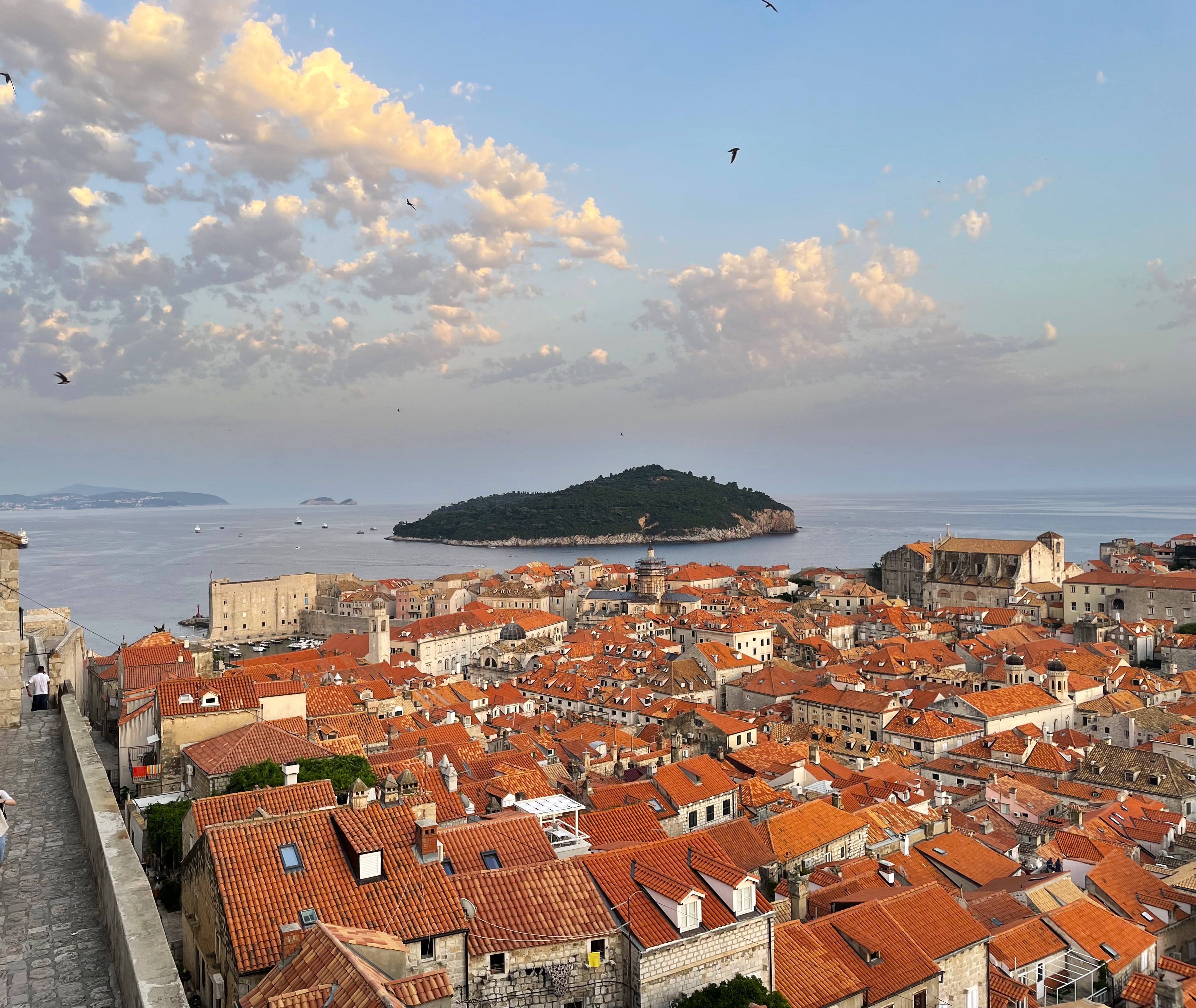
Walking atop the wall
Walking the wall is a must-do. It’s an obvious list-topper for the best things to do in Dubrovnik, but it absolutely deserves its place. It’s like walking along an ancient manmade cliff that’s squished between the city and the sea, so you get up close and personal with the ancient roof tiles and drying laundry in peoples’ backyards but still have a constant view of the glistening Adriatic. I’ve gone on the wall every single trip because I heckin’ love it.
You have to circumnavigate the wall counter-clockwise, so go left towards the sea once you reach the top of the entrance stairs. Note that there are over 1,000 stairs on the wall, so plan accordingly. I recommend going early or late in the day when there’s a bit of shade, fewer people (daytrippers), and the light is much better for photos. They’ll stop selling tickets and allowing entry onto the wall around one hour before sunset, but note that you ARE allowed to stay up there until after sunset. For a sunset walk, I start at Pile gate about an hour before they stop selling tickets (i.e. two hours before sunset). This puts the sun at your back for the start of the walk and gives great photography light. You can walk at whatever pace you want, but two hours is a good leisurely estimate, especially if you’re a photographer or if you want to stop at one of the walltop cafes. By sunset you can be back on the Pile gate side which is the western wall, so you can actually see the sun go down. I’m not sure exactly when they’ll kick you off the wall, but I stayed up for about half an hour after sunset and no one said a word.
Entrance is spendy, especially if you’re on a backpacking budget, and there’s a significant difference between cost in the shoulder season (15 Euro) and high season (35 Euro). But again, it’s worth it. Keep hold of your ticket, because there are 2 way stations along the wall where they’ll ask to see it. You have the option to exit the wall at either of these points if you need a break, and then you can re-enter at the same point later. You can only do each of the three sections once per ticket.
The cafes on the wall are ripoffs and charge around 10 Euro for a bottle of water, BUT you are allowed to bring your own food and drinks along. At the bare minimum I recommend bringing water. There’s also nowhere to sit down unless you patronize a cafe. You can always exit the wall at one of the waypoints and find a cheaper street-level grocery store or cafe.
Entrance to the wall also includes entrance to Lovrijenac Fortress, which is an excellent place to get sunset photos of the whole city. You do not have to do this on the same day as you go up on the wall, so you could do a sunset trip on the wall one day and a sunset trip at the fortress the next, or vice versa. The Fortress is a much smaller area so it’s a shorter visit. You can also buy just a Lovrijenac ticket for cheaper (5 / 15 Euro in low / high season).

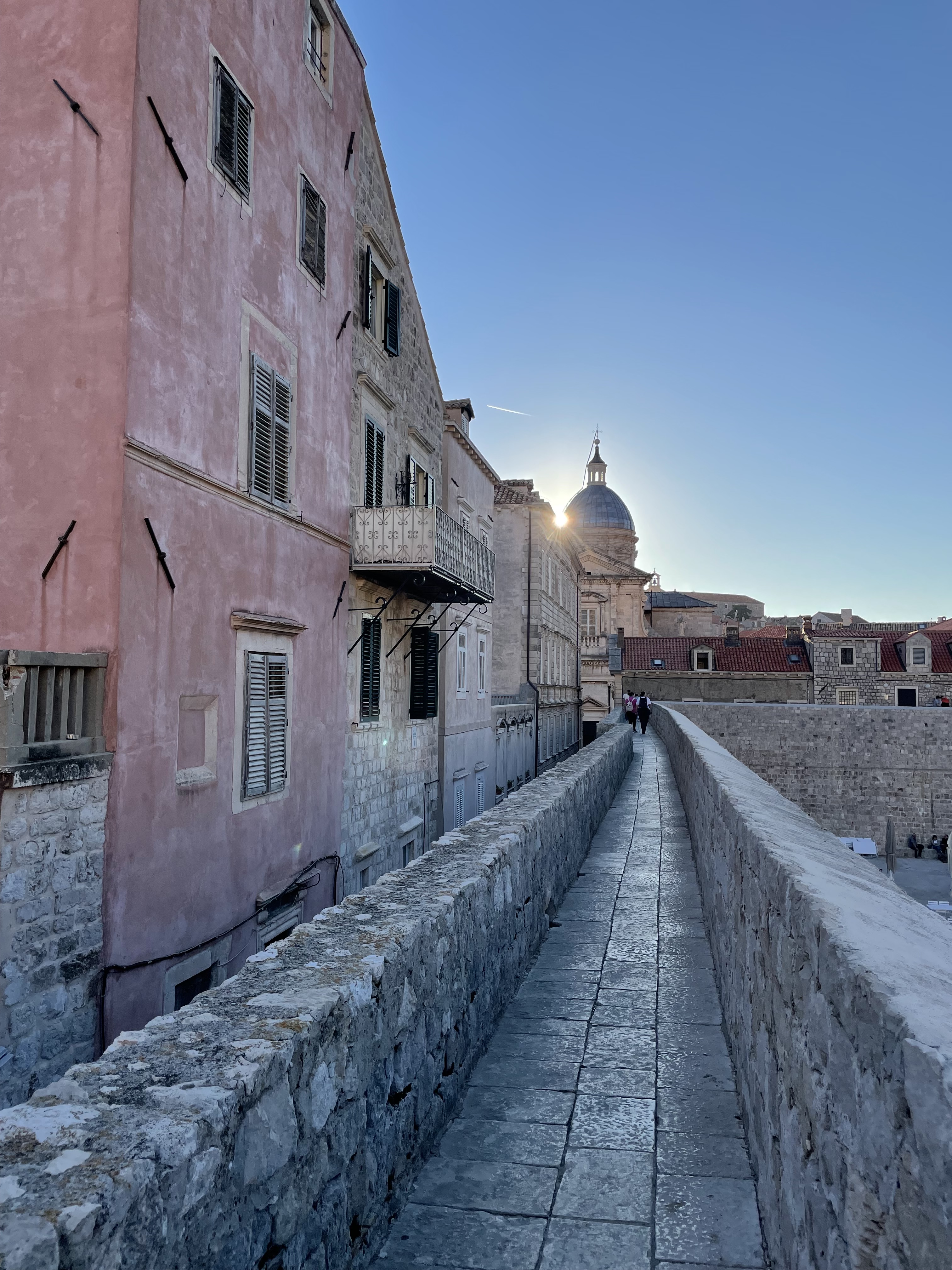

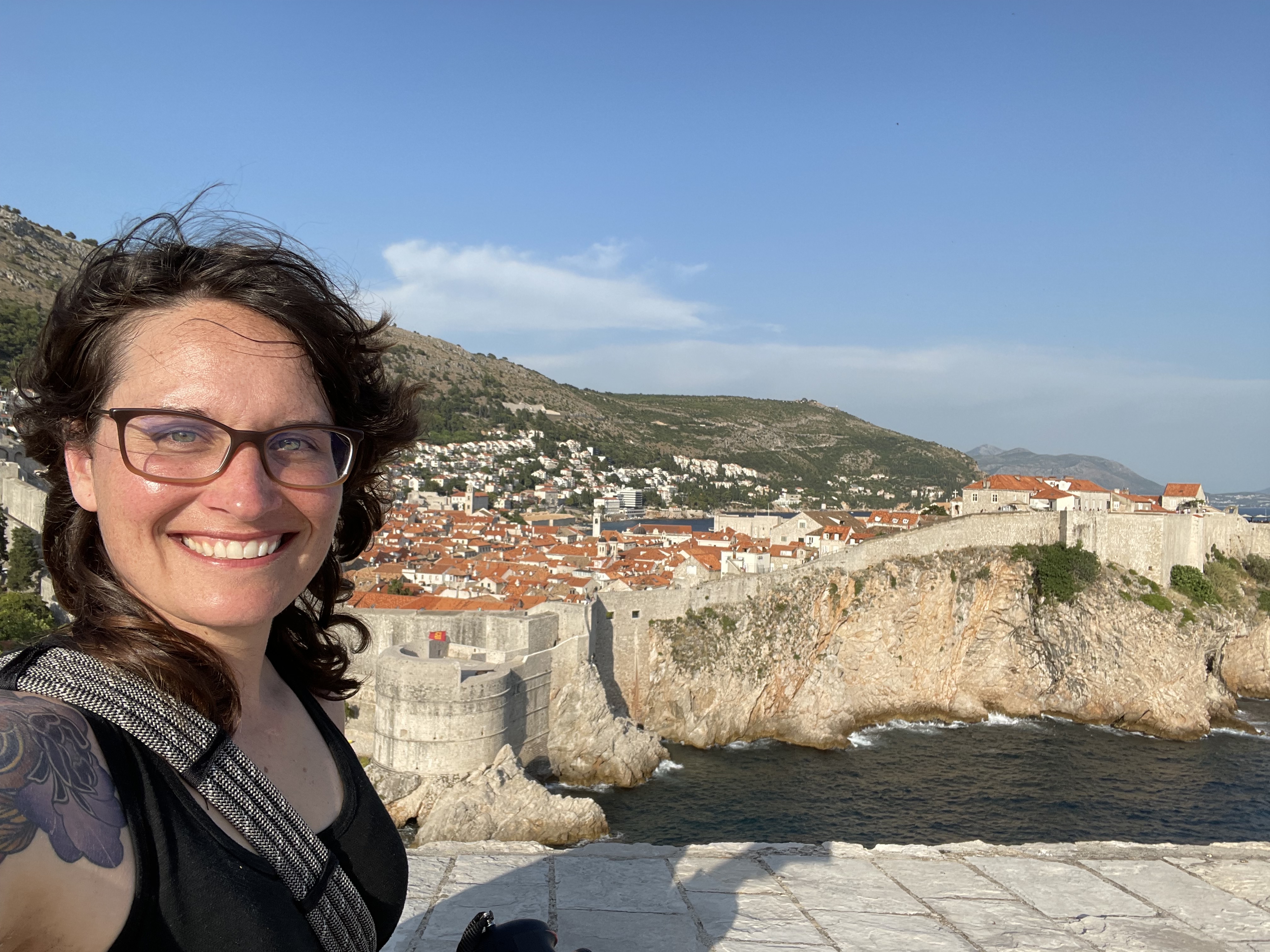

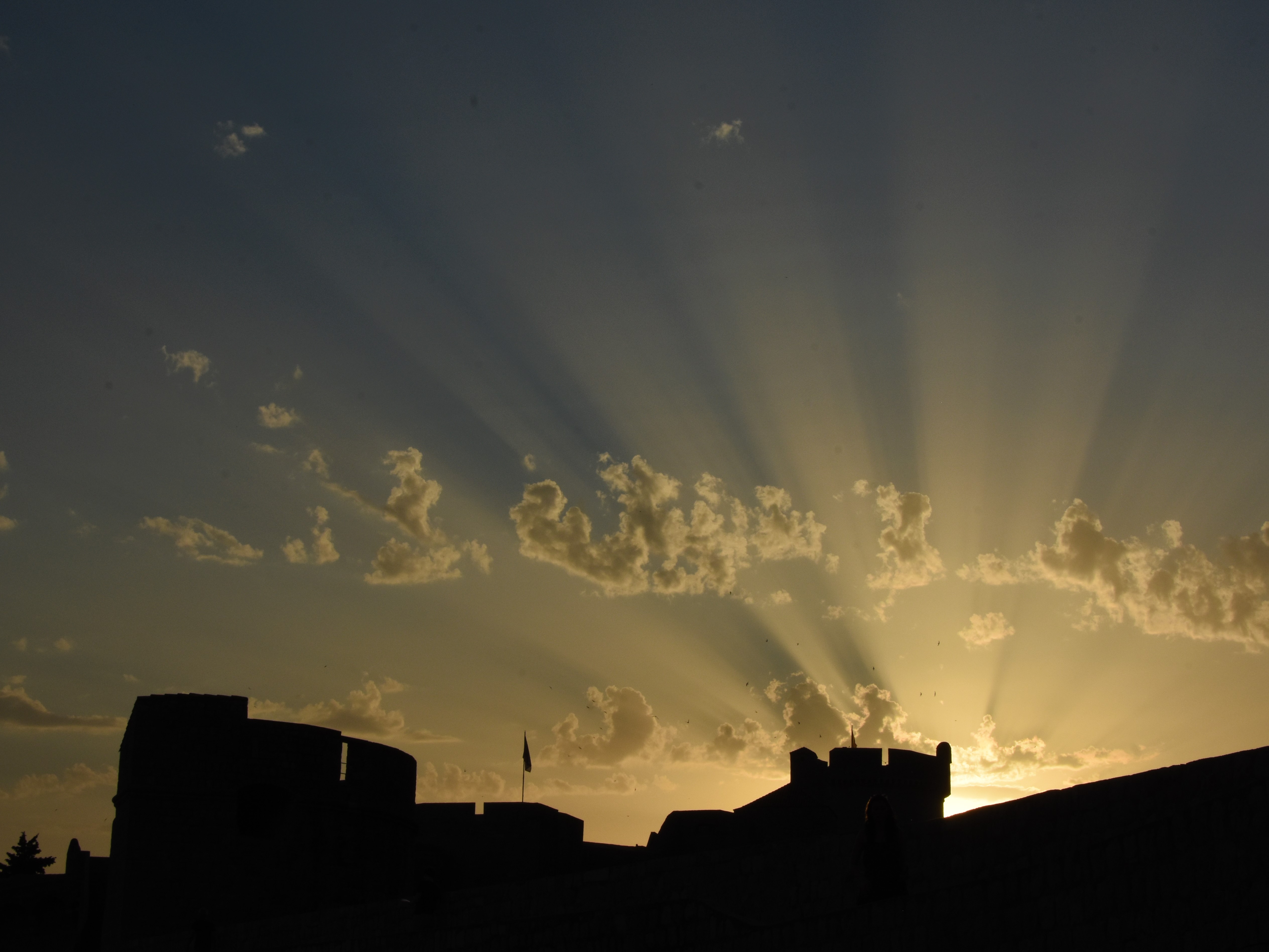
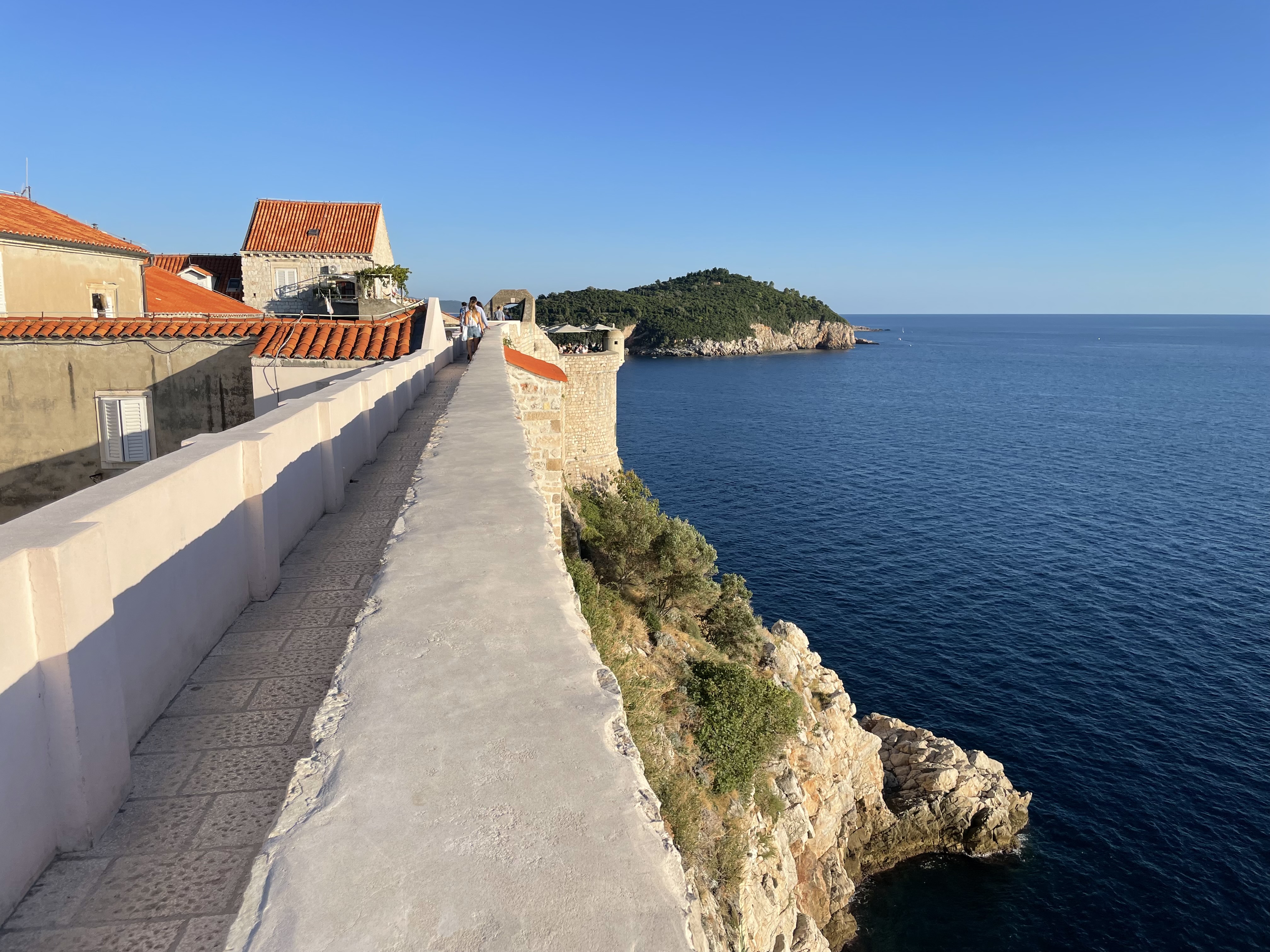
Kayaking around the walls with Adventure Dubrovnik
Being on top of the walls looking down is one thing, but kayaking around the base of them is almost more impressive because you really get a sense of their monstrous scale. It’s like being a tiny rubber ducky staring up at the towering bathtub walls. There are a few different companies who do these tours and both times I went with Adventure Dubrovnik. You can either book online or by going down to the staffed kiosks on the waterfront near Pile gate (turn inland just after the bridge and there are stairs leading down into the moat). My only complaint is they don’t offer single kayaks, so if you’re traveling solo, you’ll be placed with someone else who might be a complete noob in a boat. The exact route seems to differ based on the guides’ preference, but you’ll definitely go around the whole wall, paddle further along the coast by Banje beach, do some snorkeling at Betina cave (which is only accessible by boat), and swing near (or around) Lokrum island on the way back. They have sunset tours as well, which are glorious but can get a bit chilly at the end.
Your kayaking skill level doesn’t matter at all. Even if you’ve never been on a boat before, they’ll give you a crash course on how to hold the paddle and steer while you’re still ashore. The guides are all locals who are completely fluent in English, Croatian history, passenger safety, and sarcasm.

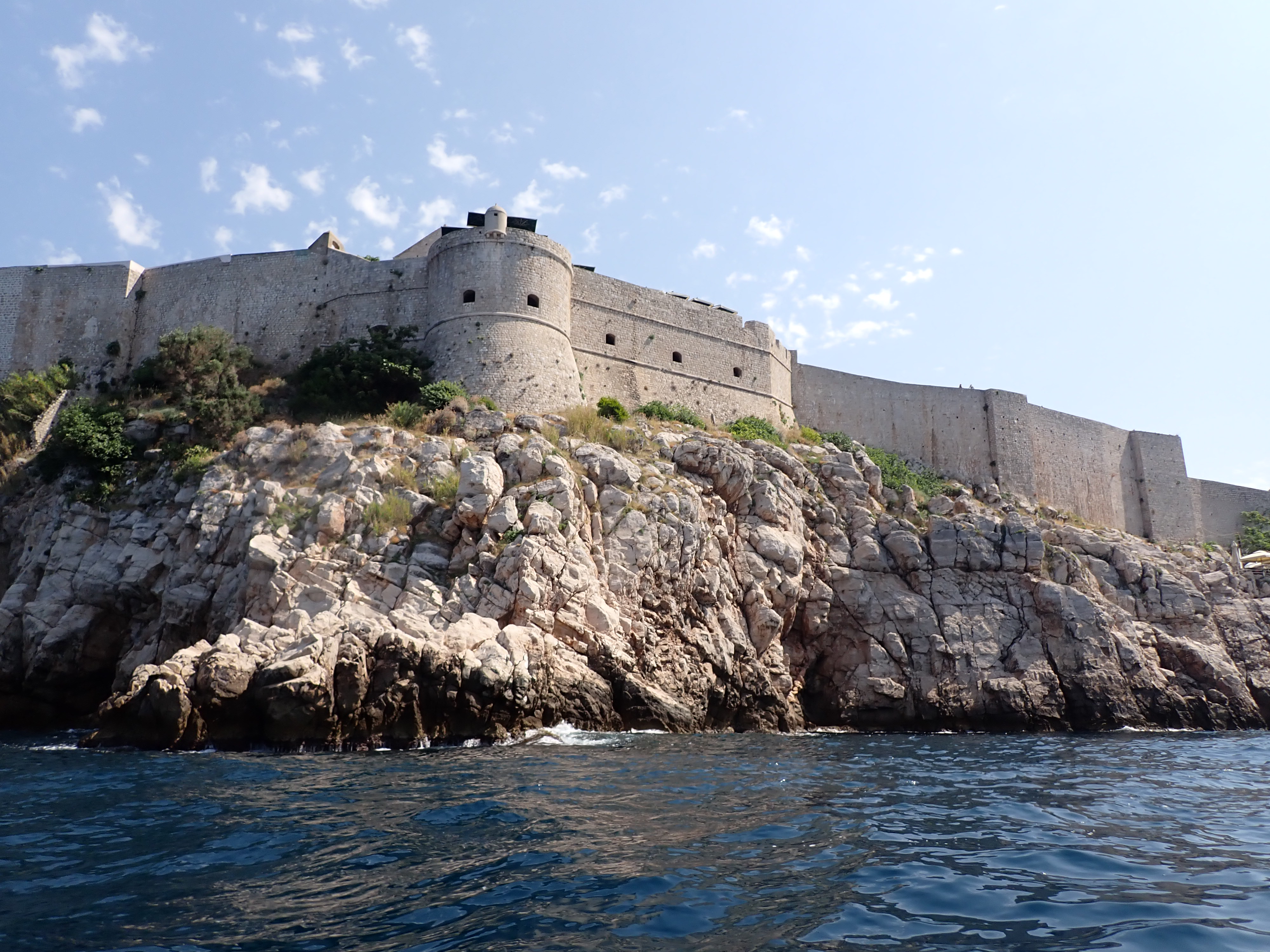
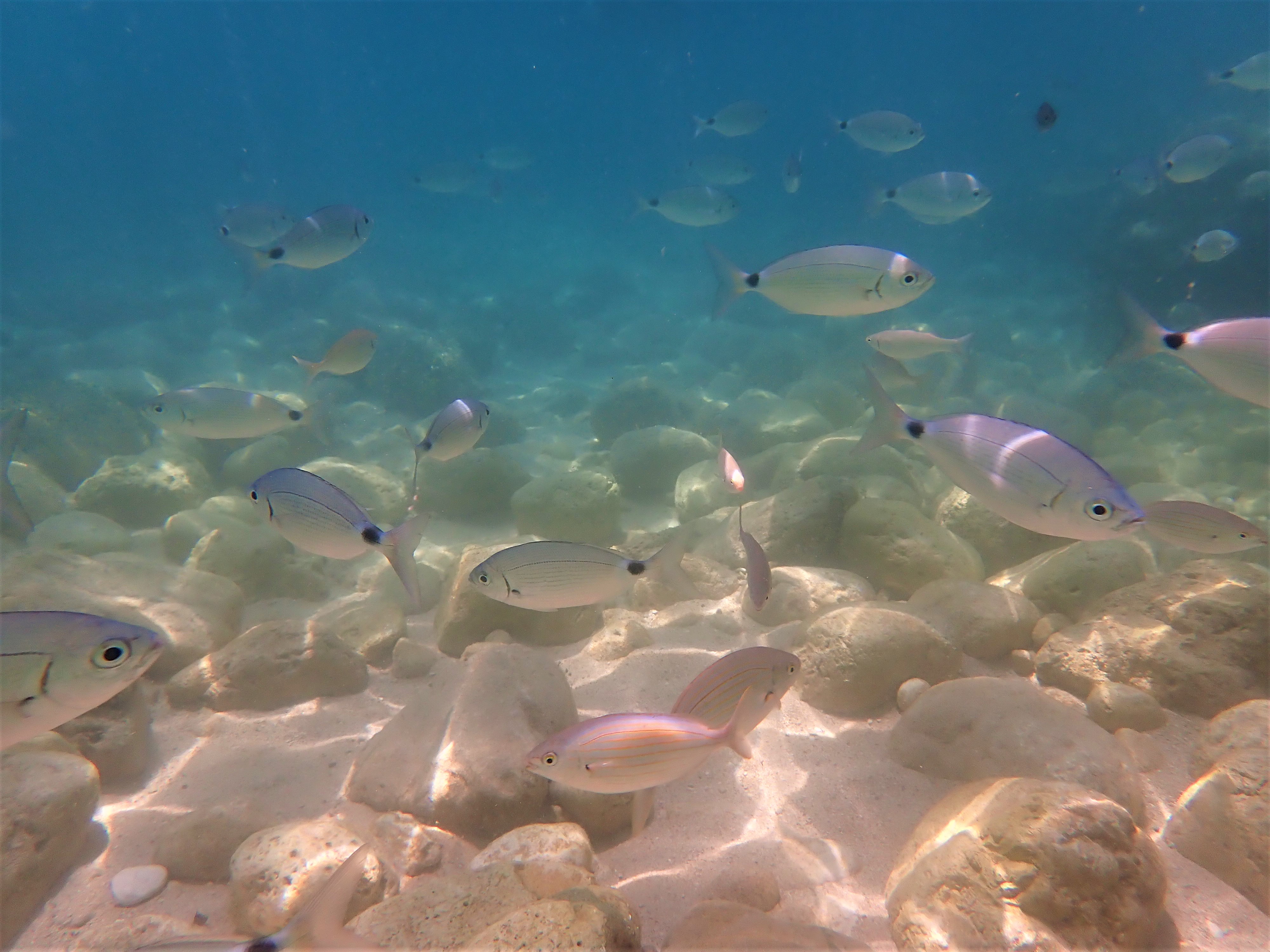
Srd Hill
Srd Hill has an excellent view over the whole Dalmatian coastline and the inland hills of Bosnia. It’s a particularly great place to go for sunset. There’s also an upscale restaurant and bar complex for the jet-setters, as well as a 90s Balkans war museum on top (the ground on top of the hill is still littered with old foxholes). You have a couple different options to get to the top of Srd. One is a steep and dusty hike with about 25 switchbacks. Make sure your shoes have good traction because the dirt is VERY loose. The trailhead is a bit of a trek to reach, but it’s doable from Old Town. The second option is to use the overpriced cable car, and you can also just get a one-way ticket if you want to hike up (or down). Third option is driving via car or taxi. I don’t recommend walking along this road, as it’s much longer than the trail and it’s a busy road with no shoulder, but it is technically doable. Hitchhiking is pretty common in Croatia, especially among locals, so you can also try your luck.
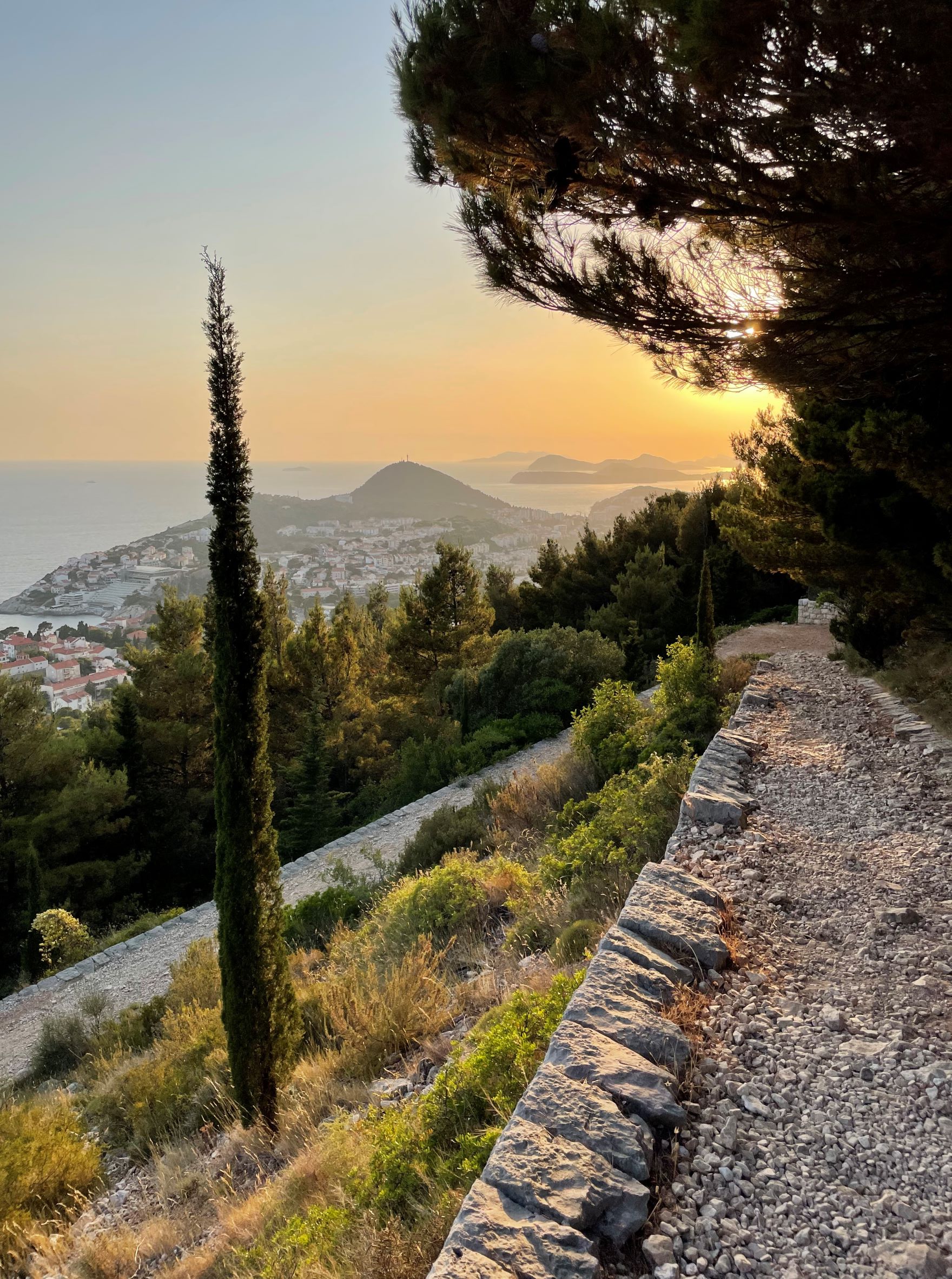
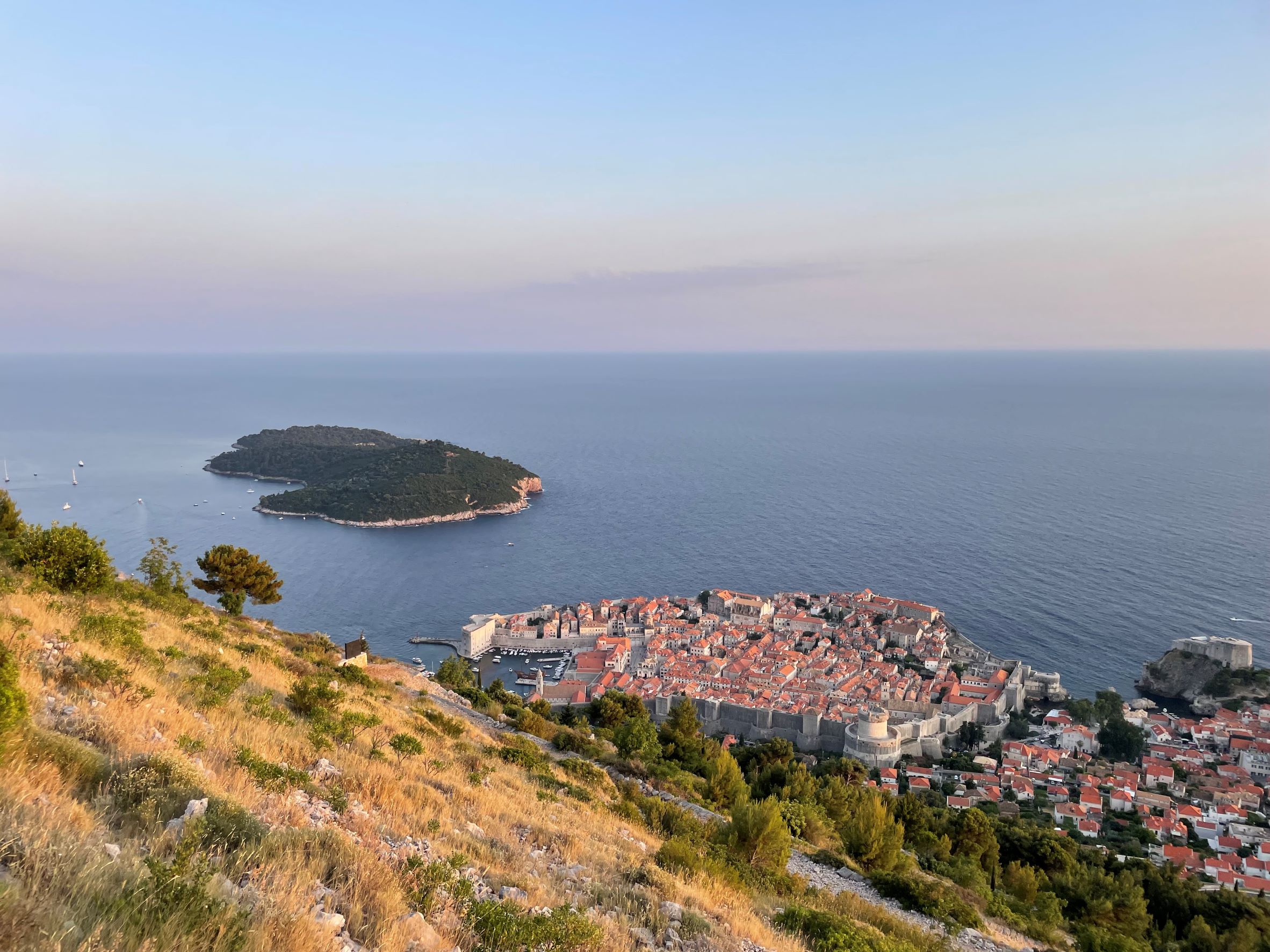

The beaches
My favorite beaches are the rocky ones attached to the city walls. You have to either skirt around the walls or walk through tiny hidden doorways to find these beaches. The lounge areas at all the city beaches are a mix of rock and concrete, so there are a lot of flat (but hard) places to sunbathe. A few small alcove-caves are scattered around so you can get some relief from the sun. The snorkeling at these locations is fantastic and the water is usually less than 30 feet deep, although it can be tricky getting into and out of the water. I mostly hung out at the City Beach, where there’s also a full-service bar with tables scattered all over the upper tier of rocks. Another low-key option is down the wall from the Porporela pier; there’s even a cold freshwater shower affixed to the wall. Adrenaline junkies go to Buza bar for cliff jumping. Fair warning: the drop from the highest point is over 15 meters, and I’ve seen some gnarly bruises on people who landed wrong on the water!
There are a couple traditional beaches as well, with gradual water entries and beach chairs if you’re lucky. Don’t expect real sand in Croatia, though. If you see “sandy” beaches advertised somewhere, that means small pebbles at best, so pack some kind of water shoes. Banje beach is one of the best-known and it’s just a short walk outside of Old Town. (Fun fact, its name means “healthy beach” in Croatian because it’s right next to the world’s first quarantine building where incoming sailors would have to spend 40 days in quarantine lockdown, and then they’d head straight for the beach right after they were given a clean bill of health (more fun facts*: this quarantine policy is how Dubrovnik completely avoided the Black Plague, which decimated its rival at the time, Venice)). Šulić Beach behind Lovrijenac is another good area since it’s in a cove without boat traffic and the waves are usually gentler. It has a walk-in entry but most of the small lounge area is concrete. Beach Bar Dodo is also here (see below), which is an awesome place to hang out even if you’re not swimming.
*I learned this on the Adventure Dubrovnik tour




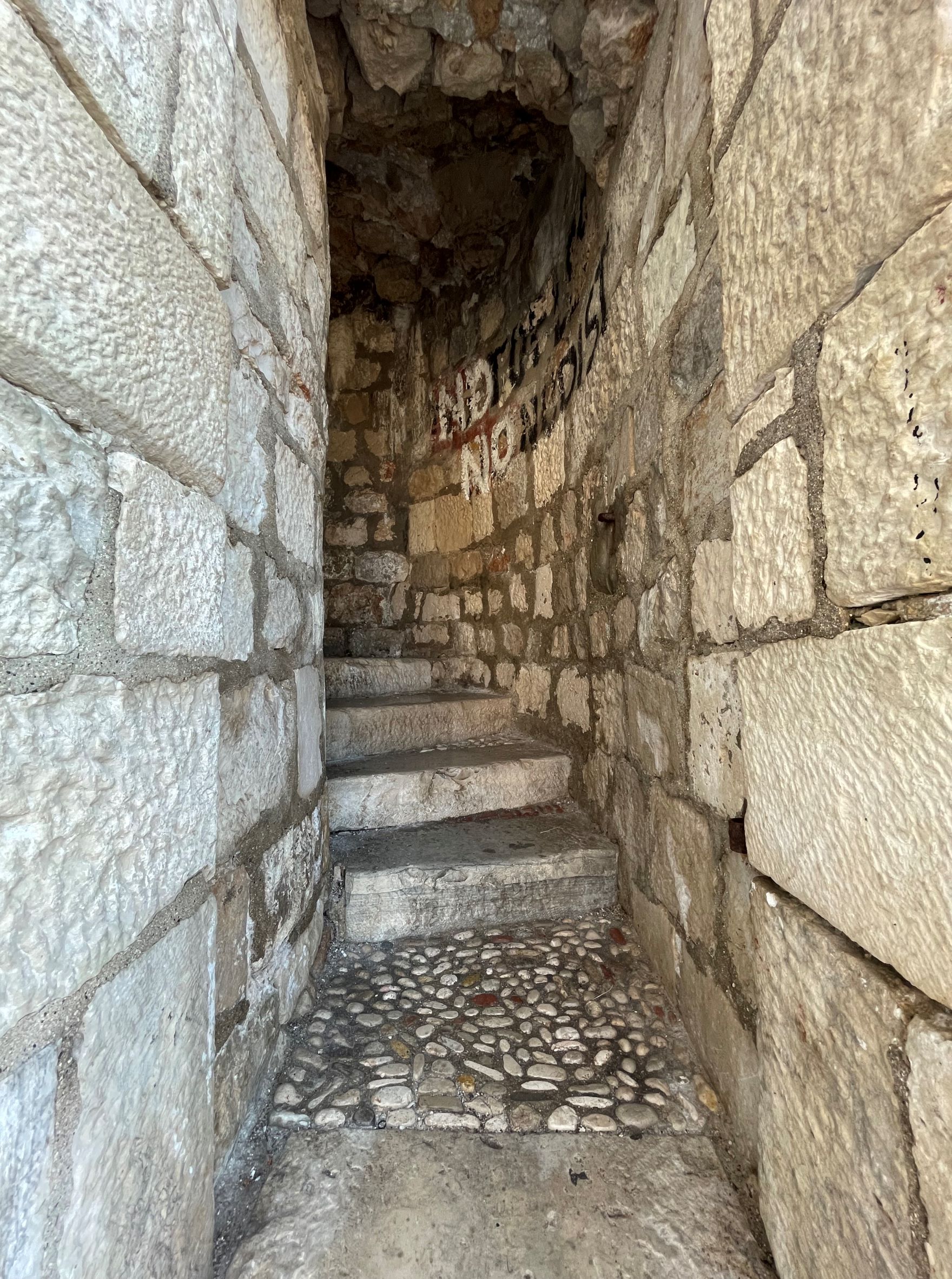

Rock cave at city beach // ^ Banje beach in the foreground // > snorkeling
City Beach and bar // Tunnel through the wall to get to City Beach // The wall from the water at City Beach
Forest Park Velika and Mala Petka in Lapad
This is a beautiful forested hiking area out on a peninsula at the northern edge of the city. Take Bus 4 all the way to the last stop, Hotel Palace, and walk south towards the sea to find the trail. You’ll weave around on the cliff tops and get some incredible views along the shore, and there are some old concrete bunkers from the Balkan War you can poke your head into. Like most Croatian hiking trails, it’s dusty and rocky, but the views definitely worth it.
I never found a good map of the path, but there’s a fresh and reliable string of red-and-white blazes on the trees and rocks, so it’s hard to get lost. There’s also a paved trail through the forest without sea views. A spur trail leads up to a place called Vrh Velike Petke that’s labeled as an outlook, but in reality it’s just an overgrown radio tower area and the view is not nearly as good as it is along the path.
It’s possible to walk all the way back to (or from) Old Town as well, and most of the roads have sidewalks and are right next to the sea.


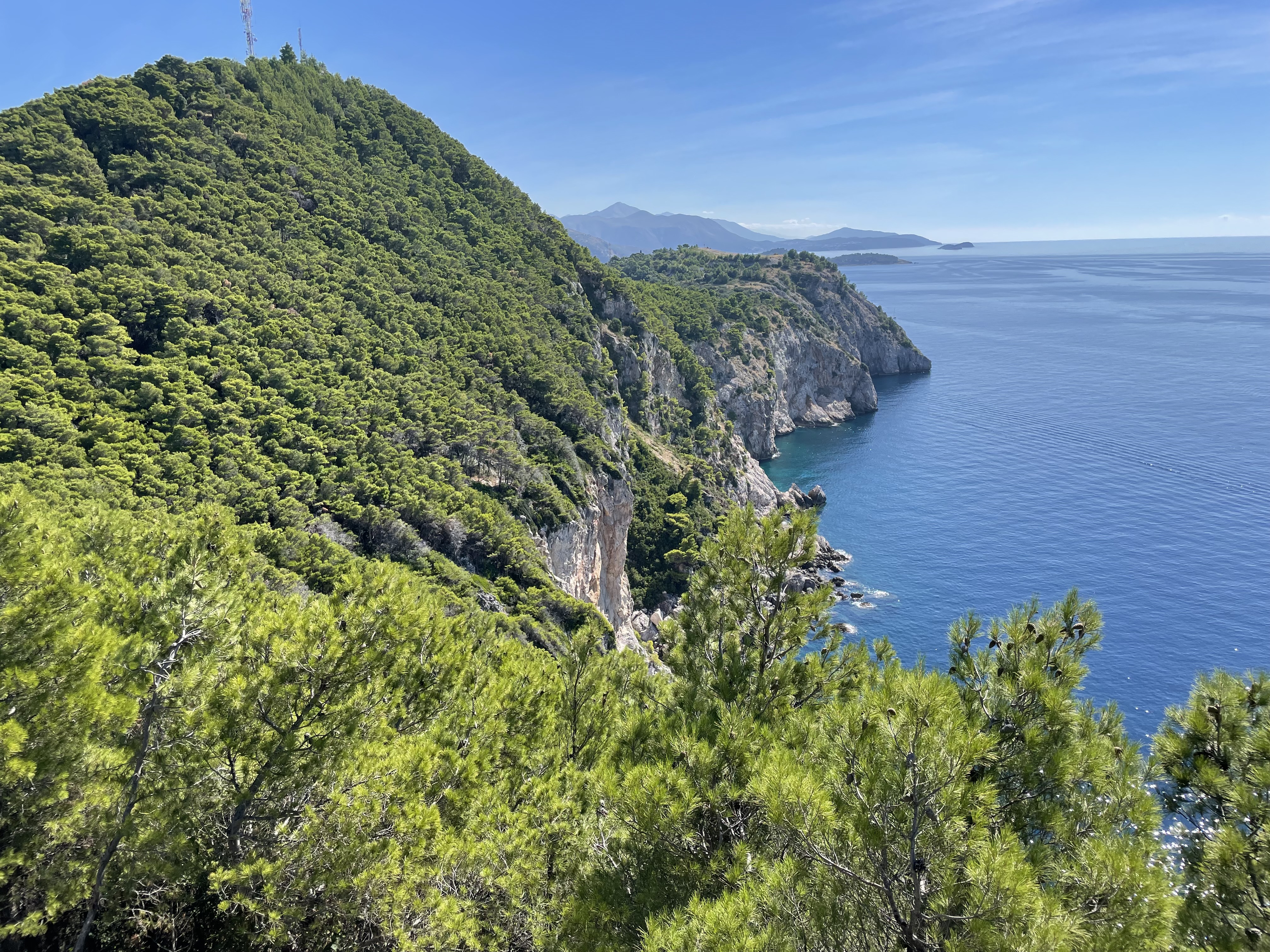

Lokrum Island
The legend goes that Lokrum island was cursed by a faction of monks to bring bad fortune upon anyone who bought it. To be fair, there is some supporting evidence: Napoleon himself purchased Lokrum and had a fort built, and look what happened to him! Even if you don’t believe in fairy tales, Lokrum is a nice and quiet wild island to walk around on. It’s a nature reserve and also a giant botanical garden, with tree species from all over the world and wild peacocks roaming around (and screaming). There’s also a monastery and, spookily, a deep cenote in the center of the island for SCUBA diving. Entrance tickets include the round-trip ferry ride, which is about 15 minutes one-way. They run frequently, but don’t miss the last one back like I almost did, or you’ll be stuck sleeping outside overnight with the peacocks and cursed ghosts.

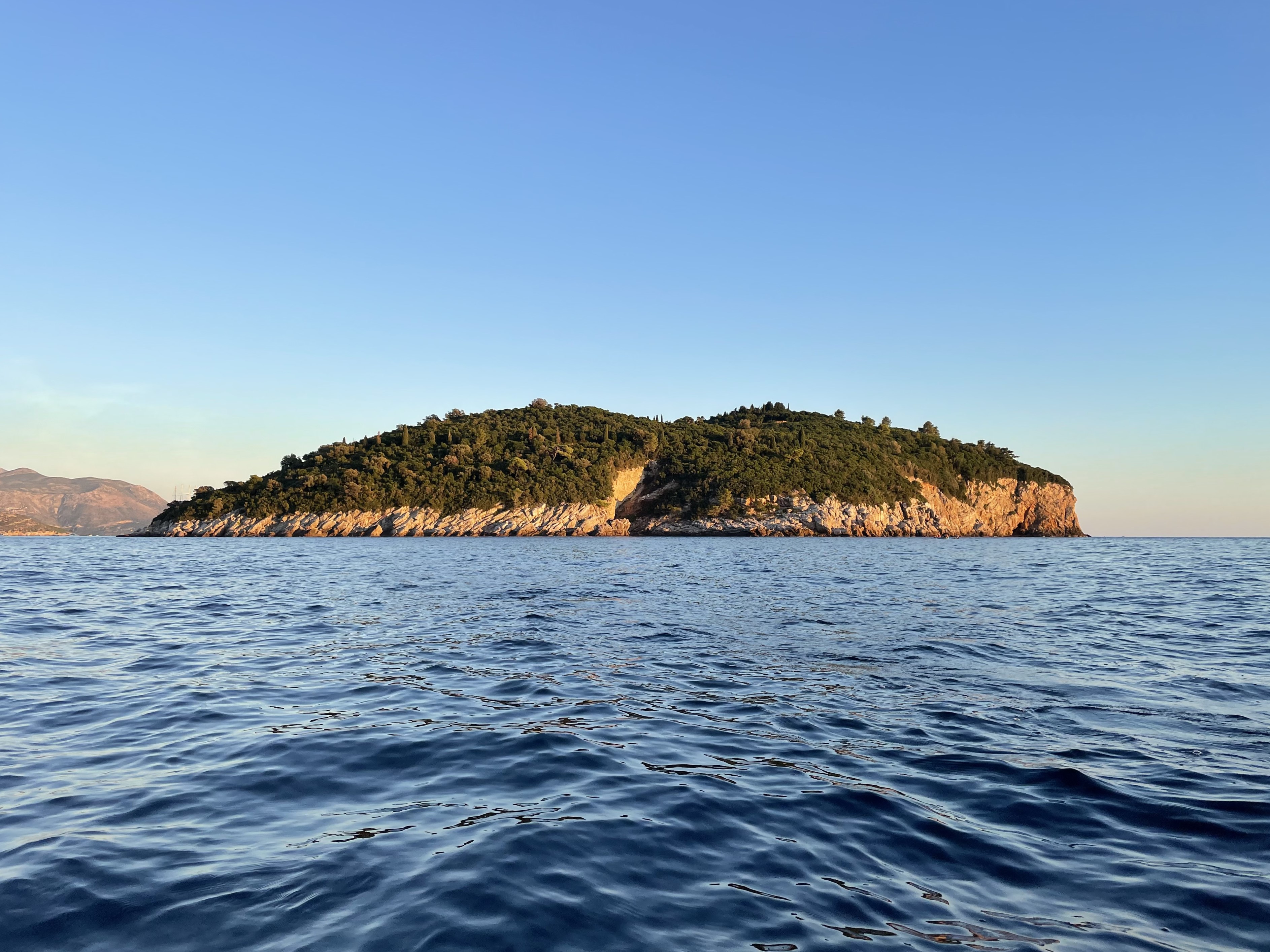
Food recs
I’m hiding this at the bottom because I’m rarely a foodie – I have a strong bias towards “good quality and cheap” options. I am also gluten-free (but tolerant towards cross-contamination). That said, there are a few places I have found over repeat visits that I can recommend.
When I visited during the July heat wave, I stayed cool by swimming a lot, taking air-conditioner breaks, and putting away a lion’s share of gelato. I tried as many different stores as possible, purely for scientific research, you understand. My favorite was Peppino.
Cogito coffee is a Croatian coffee chain that’s frankly delicious, and picking up a can of cold brew to go was always my first planned stop of the day. This one has a few little tables in a quiet covered alley next to a garden, so it’s a pretty sweet place to hang out. They also carry amazing locally-sourced gluten-free baked goods and gelato pints.
Beach Bar Dodo has a great beachy vibe and plenty of shade. It’s on a hidden beach just beside Lovrijenac, wedged in between two cliffs and down a side alley so it tends to not be as packed as other waterfront bars. The bar even has swings, but I almost fell off it before I’d even taken a sip of my Moscow Mule, so hold on tight.
Fast Food Republic has legit salads that are made quick, and it’s one of the cheapest food options within the walls I found. They also do to-go if you’re, say, headed out for a sunset hike up Srd hill. Another cheap-eat favorite that was recommended to me multiple times is Barba, where they dish out fried local seafood (note: there’s no gluten-free options).


Aaand now I want to go back to Dubrovnik. You comin’?